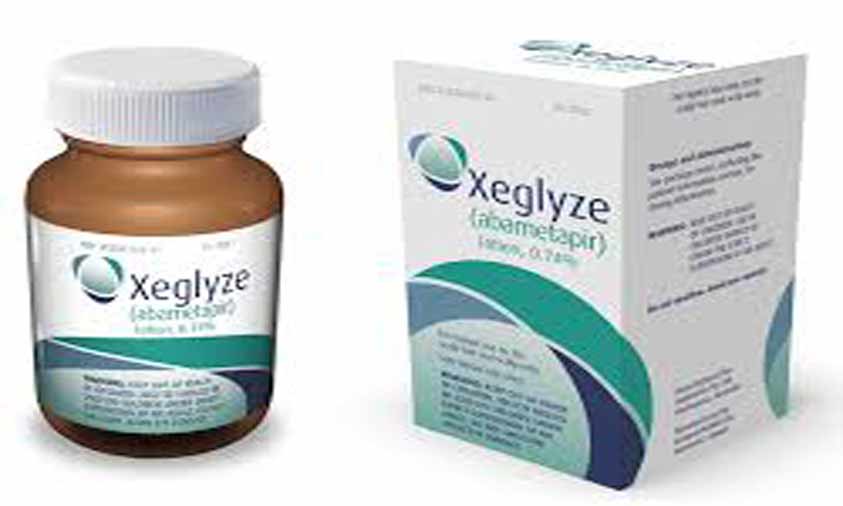Hyderabad, July 27 (Hydnow): Dr. Reddy’s Laboratories said approval of XEGLYZE (abametapir) lotion, 0.74%, a 505(b)(1) NDA by the U.S. Food and Drug Administration (USFDA). The approval triggers the contractual pre-commercialization milestone of $20 million payable to Hatchtech Pty Ltd. XEGLYZE is indicated for the topical treatment of head lice infestation in patients 6 months of age and older. The company is working to commercialize this product through partners.
Xeglyze is indicated for the topical treatment of head lice infestation in patients 6 months of age and older.
XEGLYZE should be used in the context of an overall lice management program:
Wash (with hot water) or dry-clean all recently worn clothing, hats, used bedding and towels. Wash personal care items such as combs, brushes, and hair clips in hot water. Use a fine-tooth comb or special nit comb to remove dead lice and nits.
IMPORTANT SAFETY INFORMATION: XEGLYZE contains benzyl alcohol. Systemic exposure to benzyl alcohol has been associated with serious and fatal adverse reactions including “gasping syndrome” in neonates and low birth weight infants. The “gasping syndrome” is characterized by central nervous system depression, metabolic acidosis, and gasping respirations. The minimum amount of benzyl alcohol at which toxicity may occur is not known. Premature and low-birth weight infants may be more likely to develop toxicity [see Use in Specific Populations (8.4)].
The safety and effectiveness of XEGLYZE have not been established in pediatric patients below the age of 6 months. Use is not recommended in pediatric patients under 6 months of age because of the potential for increased systemic absorption.
In order to prevent accidental ingestion in pediatric patients, XEGLYZE should only be administered under direct supervision of an adult.
Ingestion of benzyl alcohol in large quantities may result in gastrointestinal (nausea, vomiting, diarrhea) and central nervous system (headache, ataxia, convulsions, coma) adverse reactions. Serious adverse reactions may include respiratory depression and death.
For 2 weeks after XEGLYZE application, avoid taking drugs that are substrates of CYP3A4, CYP2B6 or CYP1A2. Otherwise, avoid use of XEGLYZE. (7)
Most common adverse reactions (incidence of ≥ 1%) were erythema, rash, skin burning sensation, contact dermatitis, vomiting, eye irritation, pruritus, and hair color changes.(6.1)
These are not all the side effects associated with XEGLYZE. (Hydnow)
